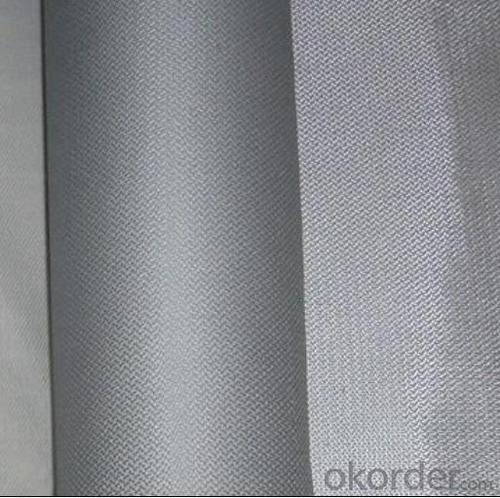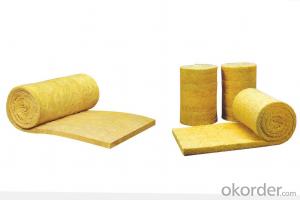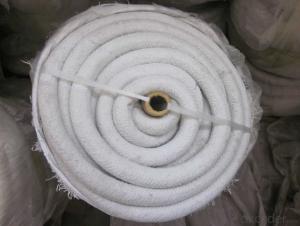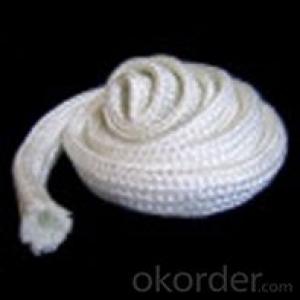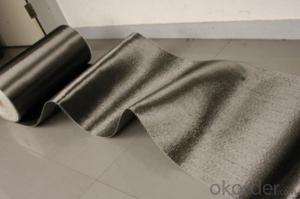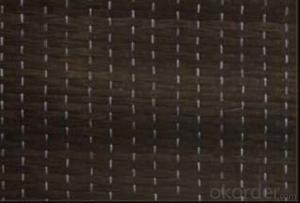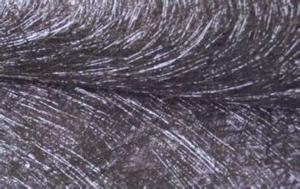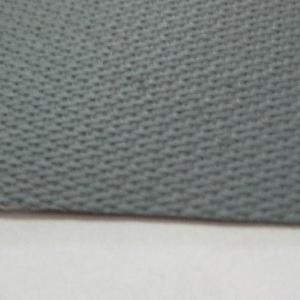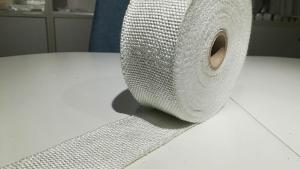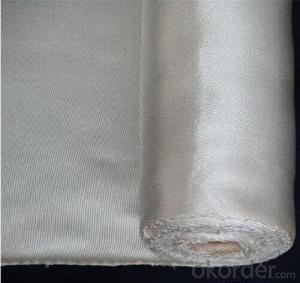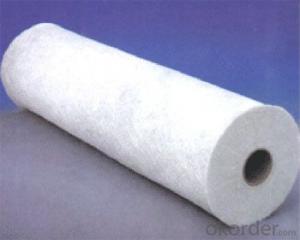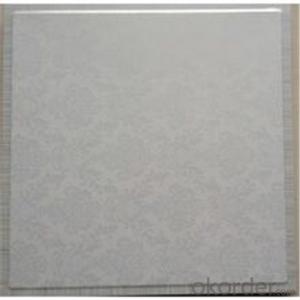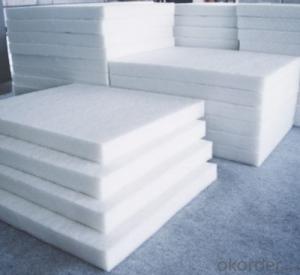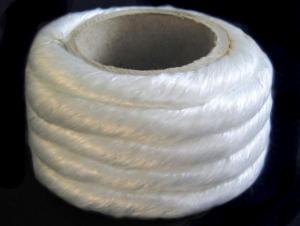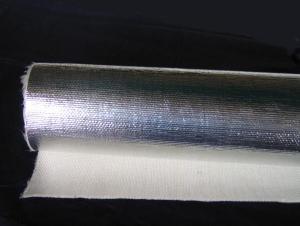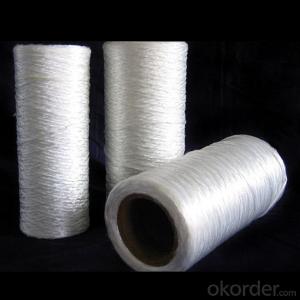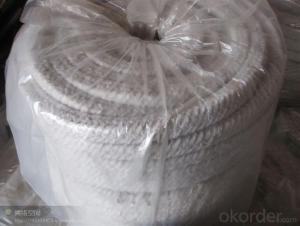Glass Fiber Textiles - PU Coated Fiberglass Fabric
- Loading Port:
- China Main Port
- Payment Terms:
- TT or L/C
- Min Order Qty:
- 10 Tons kg
- Supply Capability:
- 2*20FCL Per Month kg/month
OKorder Service Pledge
OKorder Financial Service
You Might Also Like
General Information of PU Coated Fiberglass Fabric
PU Coated Fiberglass Fabric is a fiberglass cloth coated with Polyurethane, and composite materials with multiple functions, the design of PU coated fiberglass fabric can adapt to different places.
It features good rebound resilience, toughness, softness, bright in color, superior resistance to wear, cold, oil, water, aging and weather. It also has the function of an antibacterium, and can also be used for mould proofing, heat-insulation and anti-ultraviolet.
Can be used for waterproofing in roof, underground projects, bridges, drainage channels, reservoir and disposal of sewage and etc, also applied to motor, chemical plant, equipment of power plant and so on.
Basic Info of PU Coated Fiberglass Fabric
Model NO.:CMAX-FF004
Type:Fiberglass Mesh
Function:Fireproof
Export Markets:Global
Additional Info of PU Coated Fiberglass Fabric
Trademark:CMAX
Packing:Plastic Bag+Carton+Pallet
Standard:ISO9001-2000
Origin:Jiang Su
HS Code:70193900
Production Capacity:2000000m2 Per Month
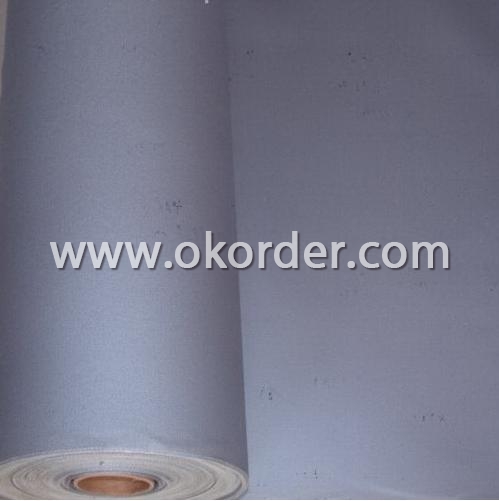
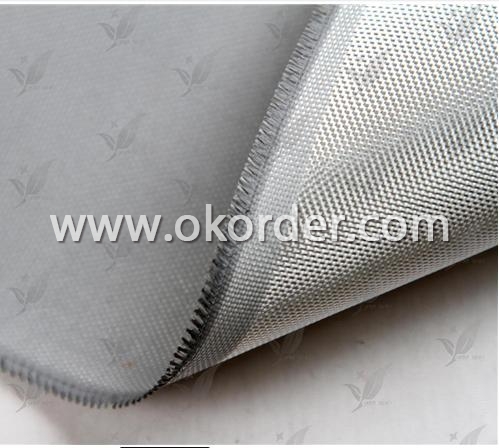
- Q: How does glass fiber textile perform in terms of UV resistance?
- Glass fiber textile performs exceptionally well in terms of UV resistance. Glass fibers are naturally resistant to UV degradation, making them highly durable and long-lasting when exposed to sunlight. Unlike other materials, glass fibers do not weaken or deteriorate when exposed to UV rays. This makes glass fiber textile an excellent choice for outdoor applications, such as outdoor furniture, awnings, and sunshades. Additionally, glass fiber textile retains its structural integrity and appearance even after prolonged exposure to sunlight, ensuring that it remains visually appealing and functional for extended periods.
- Q: How do glass fiber textiles contribute to electrical conductivity?
- Glass fiber textiles do not contribute to electrical conductivity as they are insulators.
- Q: Can glass fiber textile be embroidered?
- Glass fiber textile is indeed capable of being embroidered. Embroidery can be carried out on various types of fabrics, including glass fiber textile. Nevertheless, it is important to bear in mind that glass fiber textile is relatively delicate and fragile. Therefore, caution must be exercised while embroidering it. The sharp needle employed for embroidery has the potential to harm the fibers or even cause them to break. Consequently, an embroiderer with skill must exercise caution and employ appropriate techniques and tools. Furthermore, the design and thread chosen for embroidery must be carefully selected to ensure they adhere well to the glass fiber textile, without causing any harm or detachment of the fibers. In conclusion, while it is possible to embroider glass fiber textile, it necessitates expertise and careful handling to achieve a successful outcome.
- Q: Are glass fiber textiles resistant to moisture absorption in humid environments?
- Yes, glass fiber textiles are highly resistant to moisture absorption in humid environments. Glass fibers are known for their excellent moisture resistance properties, as they do not absorb water molecules. This characteristic makes them an ideal material for applications in humid environments, where moisture absorption can lead to degradation and reduced performance of the textile. Glass fiber textiles are commonly used in industries such as marine, aerospace, and construction, where exposure to high humidity and moisture is common. Their resistance to moisture absorption ensures their durability and longevity even in such conditions.
- Q: Can glass fiber textile be used in conveyor belts?
- Yes, glass fiber textile can be used in conveyor belts.
- Q: Can glass fiber textile be used in bicycle frames?
- Indeed, bicycle frames can utilize glass fiber textile. Glass fiber, a resilient and lightweight substance, is frequently employed in the fabrication of diverse items, including bicycle frames. Its exceptional rigidity and favorable weight-to-strength ratio make it a prime selection for endeavors prioritizing reduced weight and durability. The versatility of glass fiber textile enables it to be woven into various configurations, granting the necessary strength and stiffness attributes essential for bicycle frames. In addition, glass fiber's resilience against corrosion and fatigue guarantees the bicycle frame's longevity and dependability.
- Q: How does the thickness of glass fiber textiles affect their performance?
- The thickness of glass fiber textiles plays a significant role in determining their overall performance. Thicker glass fiber textiles generally offer improved strength and durability compared to thinner ones. Firstly, thicker glass fiber textiles have higher mechanical strength, making them more resistant to breakage or deformation under stress. This is particularly important in applications where the textiles need to withstand heavy loads or external forces. Thicker textiles can bear greater loads and distribute stress more effectively, enhancing their overall performance and longevity. Secondly, the thickness of glass fiber textiles also affects their thermal insulation properties. Thicker textiles have a higher thermal resistance, meaning they are better at preventing heat transfer. This makes them ideal for applications where temperature control is crucial, such as insulating walls or pipes in industrial settings. Thicker textiles can effectively reduce heat loss or gain, improving energy efficiency and reducing heating or cooling costs. Furthermore, thicker glass fiber textiles tend to have better sound insulation characteristics. The increased thickness allows for better absorption and dampening of sound waves, reducing noise transmission. This makes them suitable for applications where noise reduction is a priority, such as in automotive or building industries. However, it's important to note that the increased thickness of glass fiber textiles can also make them heavier and less flexible. This can limit their applicability in certain situations where lightweight or flexible materials are required. Additionally, thicker textiles may require more space and specialized installation methods, increasing the overall cost and complexity of a project. In conclusion, the thickness of glass fiber textiles directly influences their performance. Thicker textiles offer improved strength, durability, thermal insulation, and soundproofing capabilities. However, the trade-off is that they may be heavier, less flexible, and require more specialized installation. Therefore, the selection of the appropriate thickness should be based on the specific requirements and constraints of the intended application.
- Q: Can glass fiber textile be used in bulletproof vests?
- Glass fiber textile, also known as fiberglass, has various applications in different industries, including aerospace and automotive. It boasts a high strength-to-weight ratio, making it a suitable material for bulletproof vests. When woven into a textile, it offers excellent protection against bullets and other projectiles. Bulletproof vests are designed to prevent bullets from penetrating the wearer's body by absorbing and distributing the bullet's energy. Incorporating glass fiber textile into these vests provides several advantages. Firstly, it is lightweight, allowing for increased mobility and comfort, which is crucial for law enforcement officers and military personnel who require agility in their line of duty. Secondly, glass fiber textile exhibits high tensile strength, enabling it to withstand substantial force without breaking or tearing. This property is essential in bulletproof vests as it minimizes the risk of injury to the wearer. The strong fibers in the glass fiber textile can absorb and disperse the impact energy of a bullet, reducing the likelihood of penetration. Furthermore, glass fiber textile is resistant to heat, moisture, and chemicals, enhancing its suitability for bulletproof vests. It can endure extreme conditions while maintaining its structural integrity, making it a reliable choice for personal protection. However, it is worth noting that glass fiber textile is not the only material used in bulletproof vests. Other materials like Kevlar and Dyneema, renowned for their exceptional ballistic properties, are commonly employed in manufacturing such vests. In conclusion, glass fiber textile is a viable option for bulletproof vests due to its lightweight nature, high tensile strength, and resistance to heat and chemicals. Nonetheless, consulting experts and considering other materials is advisable to ensure the most effective and reliable design for bulletproof vests.
- Q: What are the different sewing techniques for glass fiber textile?
- There are several different sewing techniques that can be used for glass fiber textiles. One common technique is the straight stitch, which is used to join two pieces of fabric together. This is done by sewing a straight line of stitches along the edge of the fabric. Another technique is the zigzag stitch, which is used to add strength and durability to a seam. This stitch creates a zigzag pattern along the edge of the fabric, providing a more secure hold. A third technique is the overlock stitch, also known as a serger stitch. This stitch is used to finish the edges of fabric, preventing fraying and providing a professional-looking finish. In addition to these basic sewing techniques, there are also specialized techniques for working with glass fiber textiles. For example, when sewing with glass fiber fabrics, it is important to use a sharp needle specifically designed for these types of fabrics. This helps to prevent the needle from breaking or becoming dull. Additionally, it is recommended to use a heavier weight thread, such as polyester or nylon, to ensure a strong and secure stitch. Overall, the specific sewing techniques used for glass fiber textiles will depend on the project and the desired outcome. However, by using these techniques and taking proper precautions, it is possible to create high-quality and durable garments or other items using glass fiber textiles.
- Q: What are the different colors available for glass fiber textile?
- The different colors available for glass fiber textile include white, black, gray, and various shades of blue, green, yellow, and red.
Send your message to us
Glass Fiber Textiles - PU Coated Fiberglass Fabric
- Loading Port:
- China Main Port
- Payment Terms:
- TT or L/C
- Min Order Qty:
- 10 Tons kg
- Supply Capability:
- 2*20FCL Per Month kg/month
OKorder Service Pledge
OKorder Financial Service
Similar products
Hot products
Hot Searches
Related keywords



